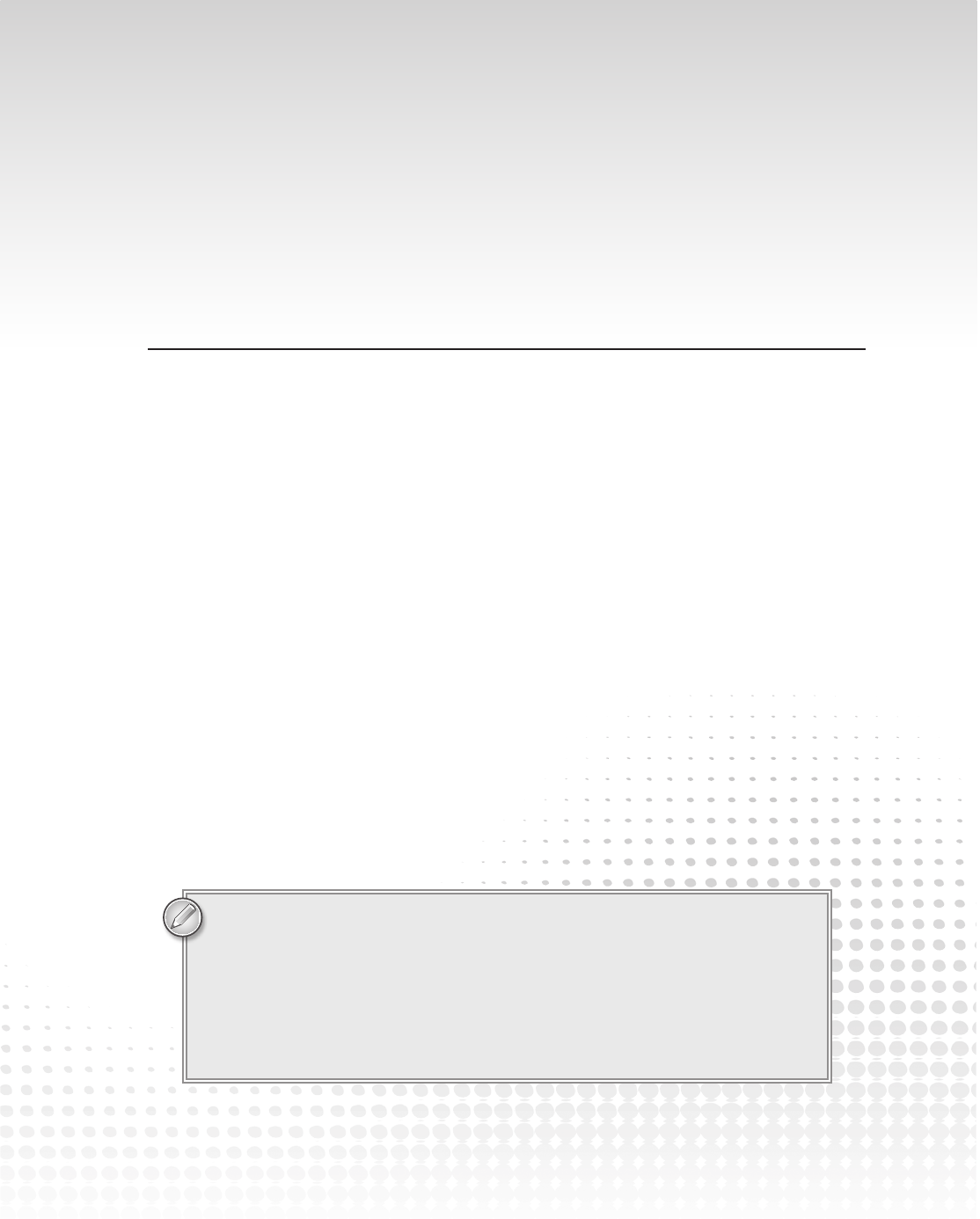
section V
System Interactions
The lessons up to this point have explained how you can do some pretty remarkable things.
Using their techniques you can read inputs entered by the user, perform intricate calculations,
repeat a sequence of commands a huge number of times, and even build your own classes to
model complex situations.
All of the programs that you’ve written so far, however, are self-contained. They get input
from the user, but otherwise they don’t interact with the computer.
The lessons in this section explain some of the ways a program can interact with the system.
They explain how to read and write files, explore the file system, print, and use the clipboard
to interact with other applications.
LESSON 29: Reading and Writing Files
LESSON 30: Using File System Classes
LESSON 31: Printing
LESSON 32: Using the Clipboard
LESSON 33: Providing Drag and Drop
There are lots of other ways a program can interact with the computer. It can
interact with hardware through serial ports and special devices and connect to
web sites or other programs over a network. There are even many different ways
to interact with the same part of the system. For example, there are many ways a
program can manipulate files, read and modify the Windows registry, and save
and restore program parameters. The chapters in this section describe some of
the ways a program can interact with the wider system, but you shouldn’t think
these are the only ways possible.
596906c29.indd 341 4/7/10 12:34:18 PM
596906c29.indd 342 4/7/10 12:34:19 PM
..................Content has been hidden....................
You can't read the all page of ebook, please click here login for view all page.
